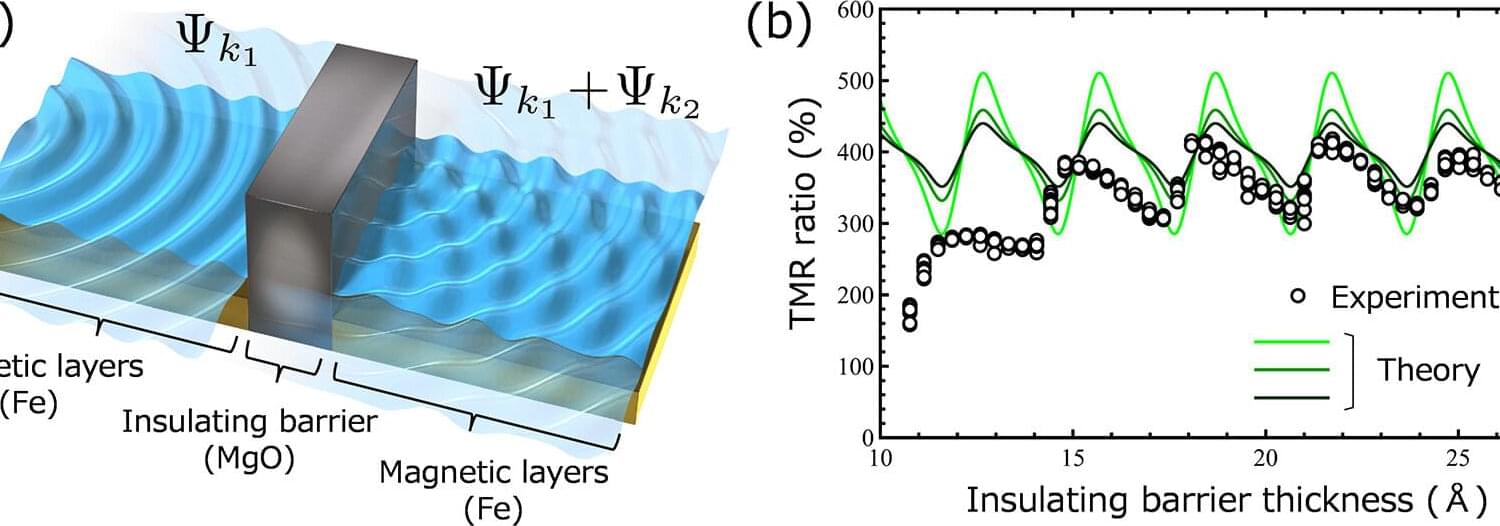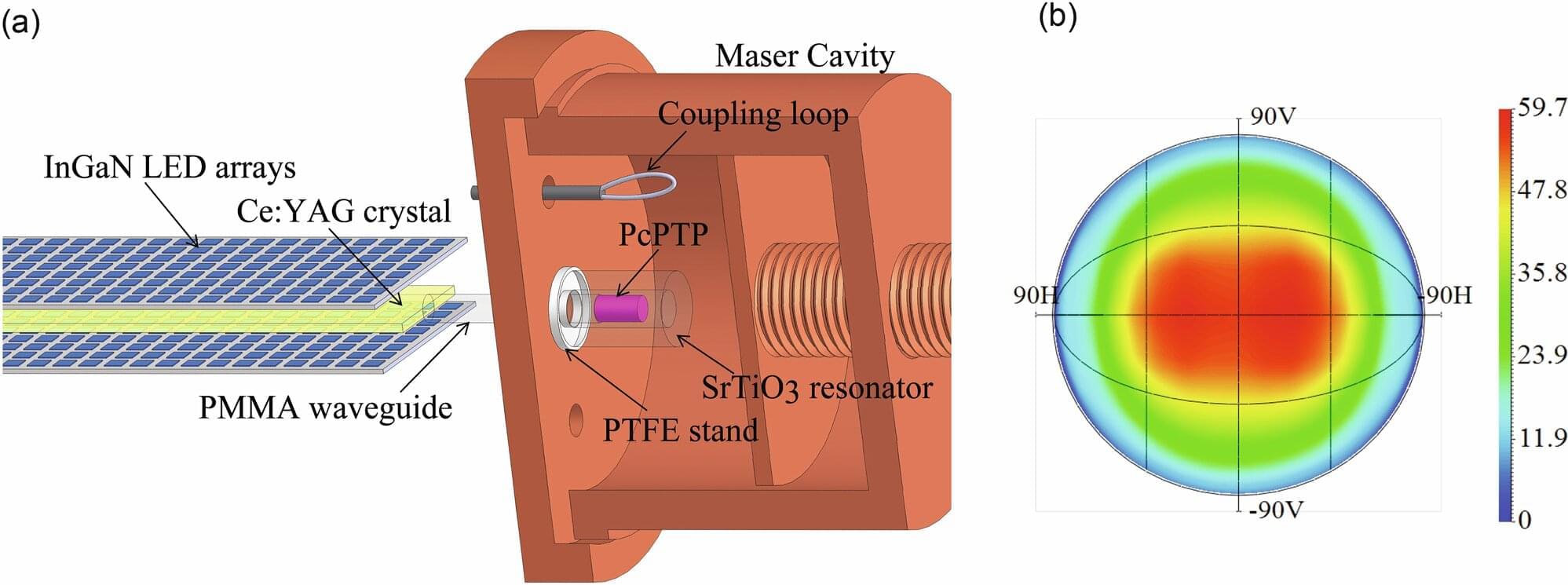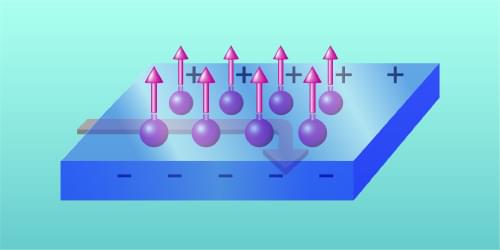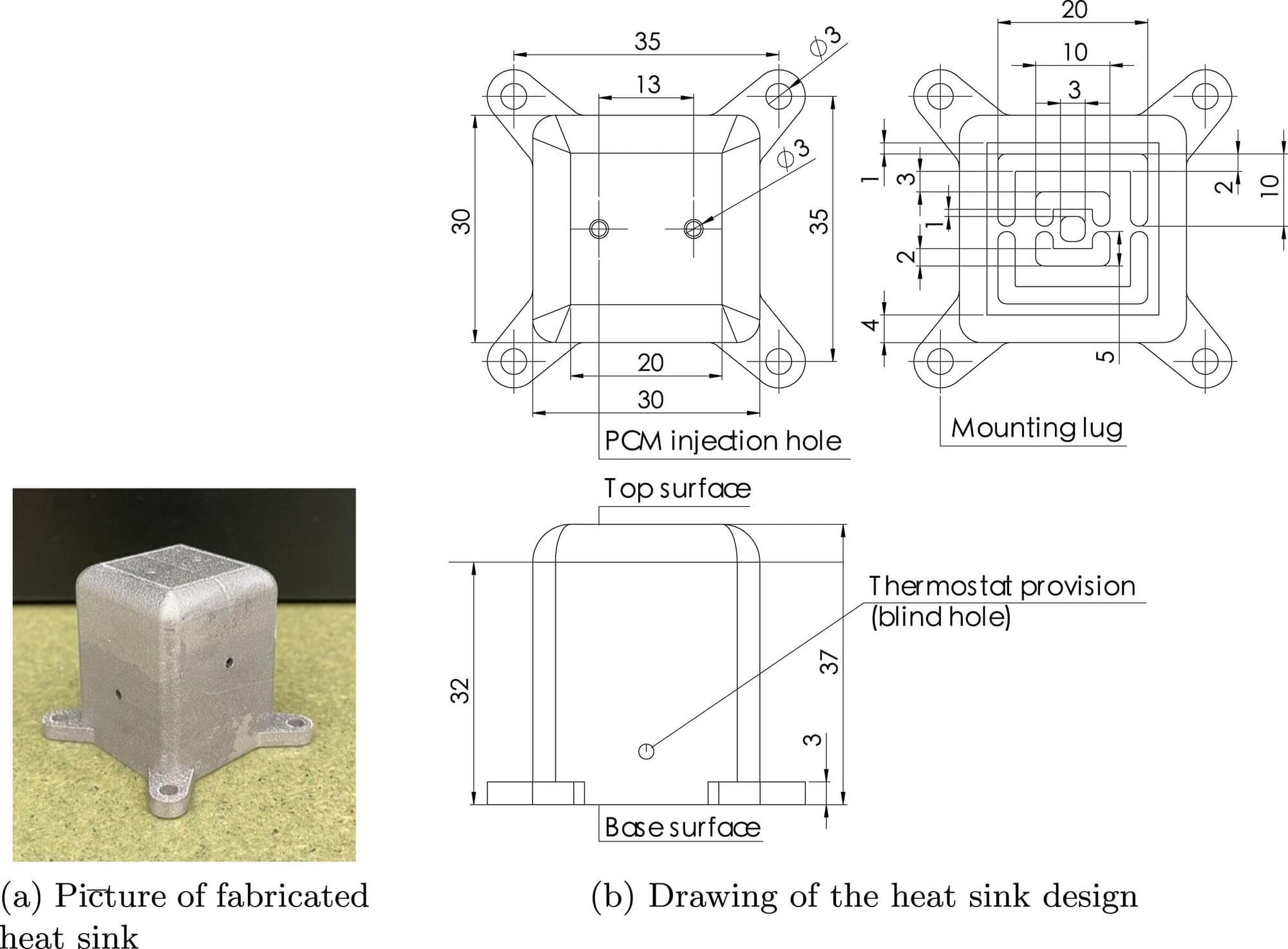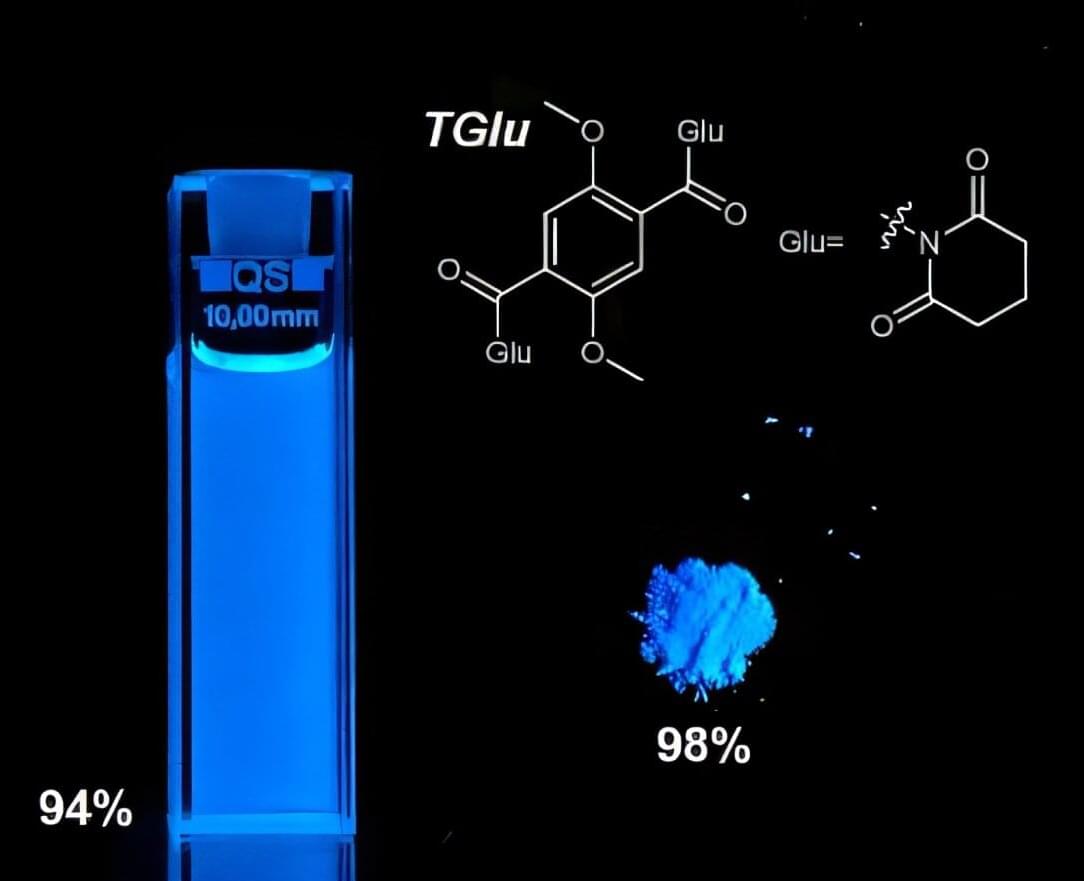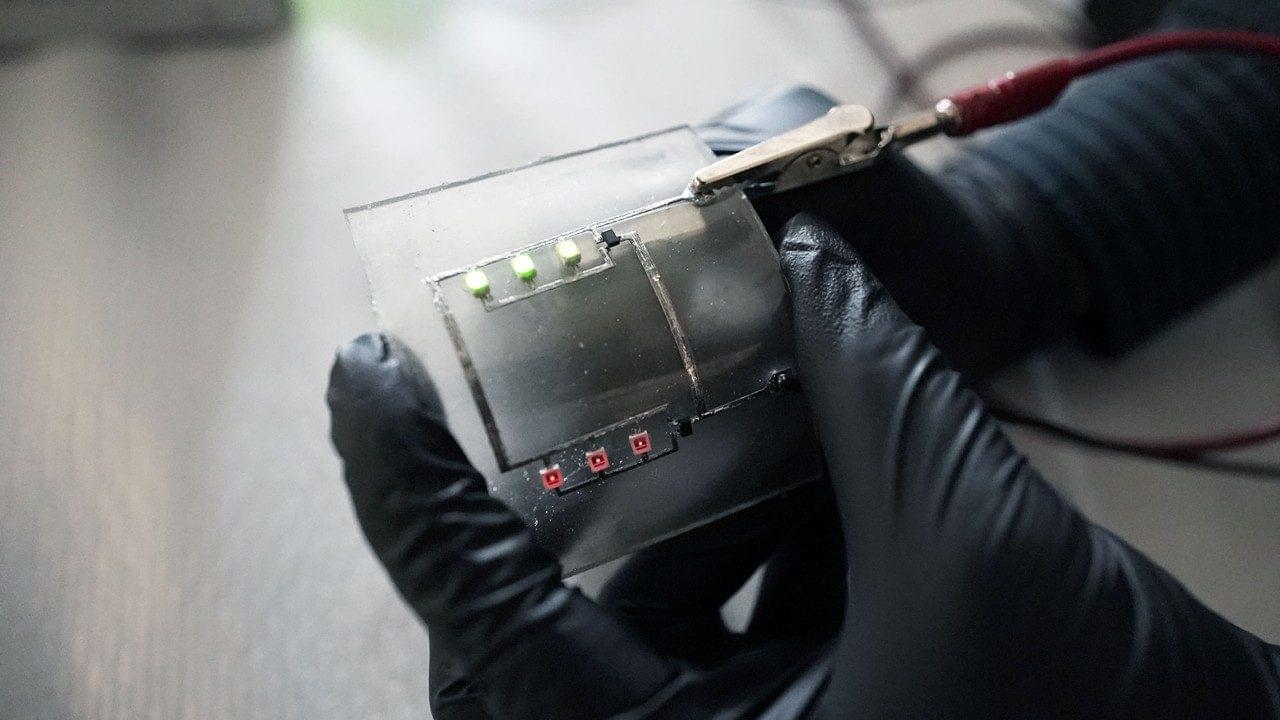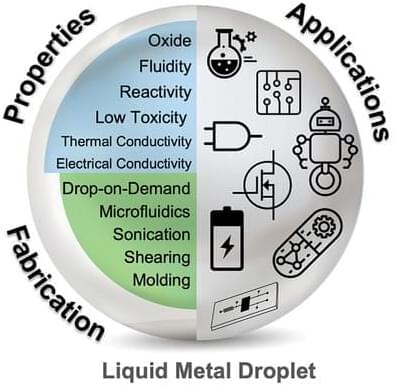Researchers have developed a new theory that explains why tunnel magnetoresistance (TMR)—used in magnetic memory and other technologies—oscillates with changes in the thickness of the insulating barrier within a magnetic tunnel junction (MTJ). This oscillation was clearly observed when NIMS recently recorded the world’s highest TMR ratio. Understanding the mechanisms behind this phenomenon is expected to significantly aid in further increasing TMR ratios.
This research is published as a letter article in Physical Review B.
The TMR effect is a phenomenon observed in thin-film structures called magnetic tunnel junctions (MTJs). It refers to changes in electrical resistance depending on the relative alignment of magnetizations in two magnetic layers (i.e., parallel or antiparallel alignment) separated by an insulating barrier. It is desirable to develop MTJs with larger TMR effects—reflected in higher TMR ratios—in order to expand their potential applications, including improvement of magnetic sensor sensitivity and expansion of magnetic memory capacity.
